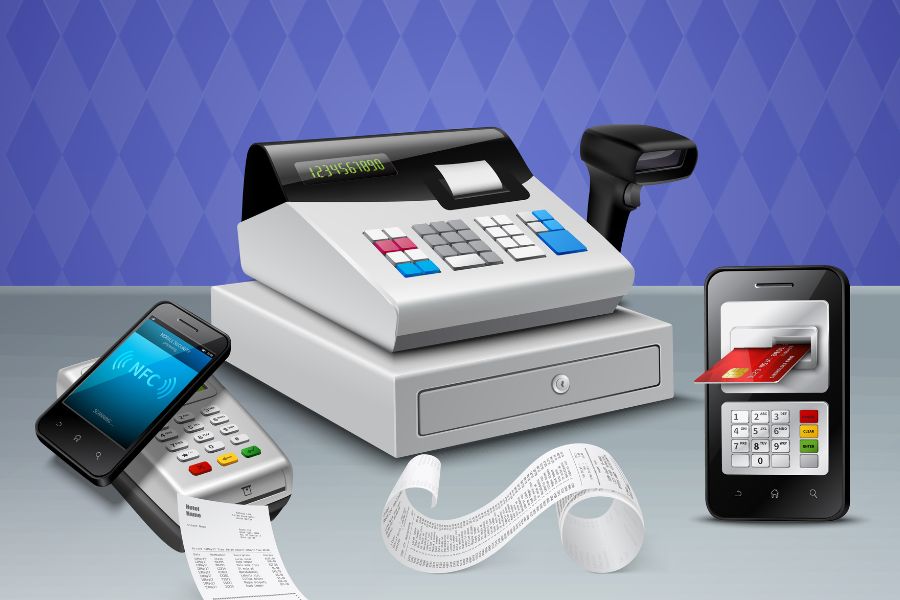According to Statista, return deliveries are expected to cost 550 million US dollars by 2020 (correspondingly an increase of 75.2% from four years earlier). Various reasons can be listed to explain why customers are not satisfied and then end up giving items back. Despite this fact, businesses can take advantage of opportunities to increase customer loyalty and generate revenue by giving clients a great return and exchange policy. Let’s walk through the article with tips for a transparent return and exchange policy that benefits sellers and buyers!
Why do store owners need a transparent return policy?
Ensure customer satisfaction
As a retailer, return and exchange is a loss of profitability. However, if you ignore reality, mounting unaddressed problems will result in customer complaints.
In the era of online shopping, shoppers are more likely to purchase undesirable products because of size, style or damage, etc. That being so, retailers should come up with an easy and clear return and exchange policy to satisfy customers.
Save time and effort
Courier and sales agent meeting consumers in internet store. Buying, purchasing, ordering, delivery. Online shop concept. Vector illustration can be used for topics like sales, services, consulting
Regarding return and exchange, each client has a custom shopping journey that businesses can not handle on a case-by-case basis. In addition, processing every return will be time-consuming and exhausting for customer service staff. A standard policy for multi-stores helps businesses more active and efficient in processing returns and exchanges.
A guideline for a standard return and exchange policy
Listen to what customers want
If you want to implement a policy that benefits customers, you need to know their preferences.
At the starting point, you should list out the basics of a standard return policy, such as what items can be returned or exchanged, what items are labeled as “final sale”, when things can be returned (30, 60, or 90 days after-sale) and what products can be returned (products of equal value or store credits).
Subsequently, listening to customer feedback on the return terms and conditions is essential. For instance, shoppers prefer a full refund to items with equal value. Another case is that buyers love to exchange gift cards instead of store credits because they don’t go to your shop frequently.
Do not hide your policy
According to a study by UPS, 68% of clients check the website’s return and policy before purchasing. Therefore, apart from the “easy” or “no-hassle”, store owners should make policies accessible. Do not let customers go on a scavenger hunt to find out information on different pages.
Let’s include links to your policy in various places that are hard to miss, such as the checkout page, the website chat, and the confirmation emails on purchase.
Set up an RMA system
RMA stands for return merchandise authorization, which helps businesses to manage and handle customers’ returns.
The RMA system works very simply and conveniently for both sellers and buyers. When a shopper initiates a return, they will receive an RMA number that is uniquely used by merchants to identify and keep track of product returns. Besides, RMA verifies every return before approval. With the system, the returns process is more accurate and speedy.
Integrate POS system
If you are running both online shops and physical stores, it is highly recommended to have a POS integrated into every part of your business.
With POS, customers can order online and return in brick-and-mortar stores. It is even more convenient when shoppers can opt for returns at any store near their places. In turn, sales associates can view and process all orders of various stores.
Besides, retailers no longer take time to enter the product returns manually at the warehouse. All things will be updated by advanced technology. A special feature on POS – real-time synchronization, will reflect any changes on returns at the time of happening.
Have a backup plan for special scenarios
If a customer is on request for product returns without a receipt, what will you do? Do not let your customers down by saying “Please wait for our manager to come back” or “We can not support returns and exchanges with items that haven’t been verified”.
As a salesperson, you can ask for the client’s phone number and email address to check historical purchases on the POS system.
Another option is applied for stores using serial numbers. An individual item is given a serial number. When sales staff sell a product by scanning the serial (for example, 123456XYZ), this serial will be marked as “out of stock.” Therefore, when a client comes to return products, shop owners can check the serial number on each item and accept the return without a receipt.
On the whole,
Return and exchange are unavoidable to any e-commerce. However, store owners can turn customers from disappointment to full satisfaction with free and easy policies. Remember, return and exchange are expensive as a business practice but they are cheap as an advertising tool. Contact us for the most efficient technological solutions for retail business right now!



